Every day I think about where my kids are going to play this summer when school gets out. When I was growing up I had acres of land to roam on, with no fear of traffic, or some neighbor spying on me, or all the dangers associated with today’s lifestyle. I had the garden, where my dad gave me seeds to plant and soil to grow them in; I had the woods with all the birds, squirrels, rabbits, and trees to imagine with; and I had the farm fields of alfalfa, wheat, and milo to roam and pretend I was a farmer. My backyard had a place to make mud pies, a tree fort, and the island that was the trampoline. My kids currently have none of those things.
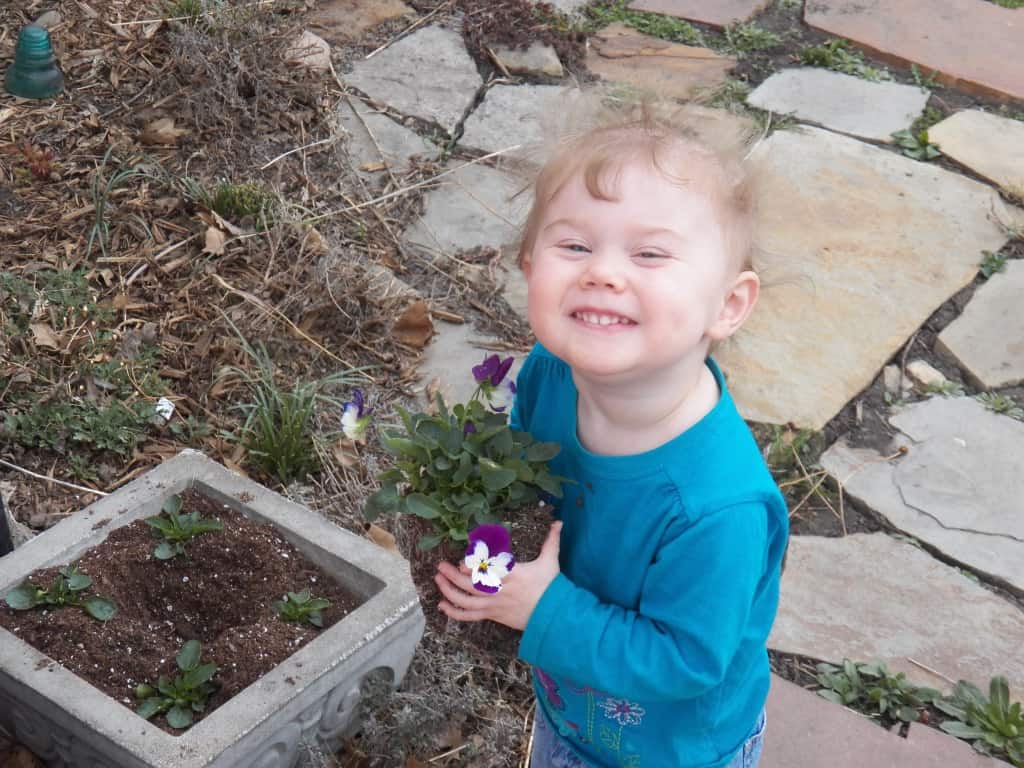
My kids get the school parking lot, the small city park, and our 40’ by 60’ backyard in which to play and imagine. My biggest goal for them is to have a place to run, some wildlife to look for, and a forest to dream in. Creating a wildlife garden in an urban backyard is no easy task, but with a little imagination, it can be done.
Bringing wildlife to a garden starts with plants and soil. Without healthy soil, you cannot have a healthy environment for plants or children. A soil test, followed with the required additions of nutrients in the form of compost, manure teas, worm castings, and leaf molds can help balance out the soil and improve it to its best life growing potential. Most of the soils in northeast Kansas and southeast Nebraska are heavy clay, and in some areas clay silt loam. I am lucky to have a clay silt loam on my property, which gives me a better structured soil for my plants.
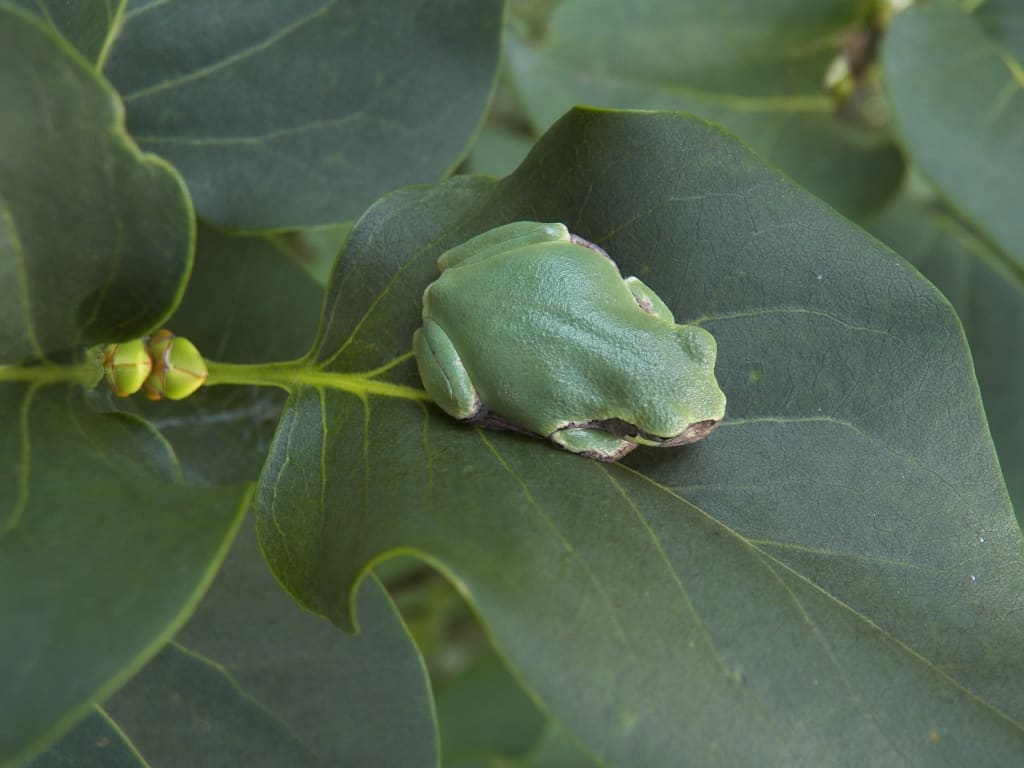
Planting has always been my favorite thing to do and you can often find me checking out the latest cultivars at garden centers or in magazines. When deciding what plants to add to your garden you need to think about the age of your children, what natives can be found growing in your area, and what you want to attract to your garden. Most wildlife gardens in urban settings are designed to attract butterflies, insects, and birds. If you add a water garden or small pond, you may have larger, nocturnal animals coming in for a drink at night, unless you have a good fence.
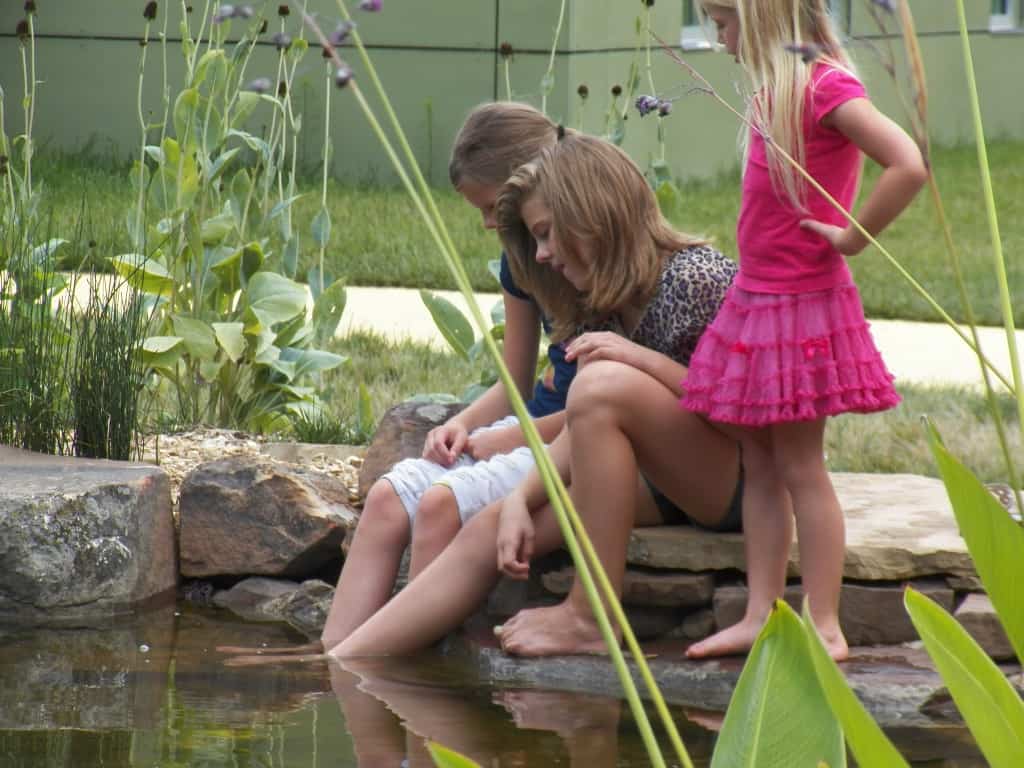
When planting for wildlife, many plants pull double duty as attractants for both insects and birds. During the growing season, many plants can be used as feed sources for pollinators and insects, and then become seed sources for birds during the winter. Coneflowers, asters, black-eyed Susan, sedums, and sunflowers are just a few examples of flowers pulling double duty. Then there are shrubs and trees to think about too. Our native trees and shrubs provide a food source for many of our butterflies and moths. Taking time to look for caterpillars often leads to exciting discoveries for children. Finding and watching a caterpillar eating on a leaf can be a remarkable experience.
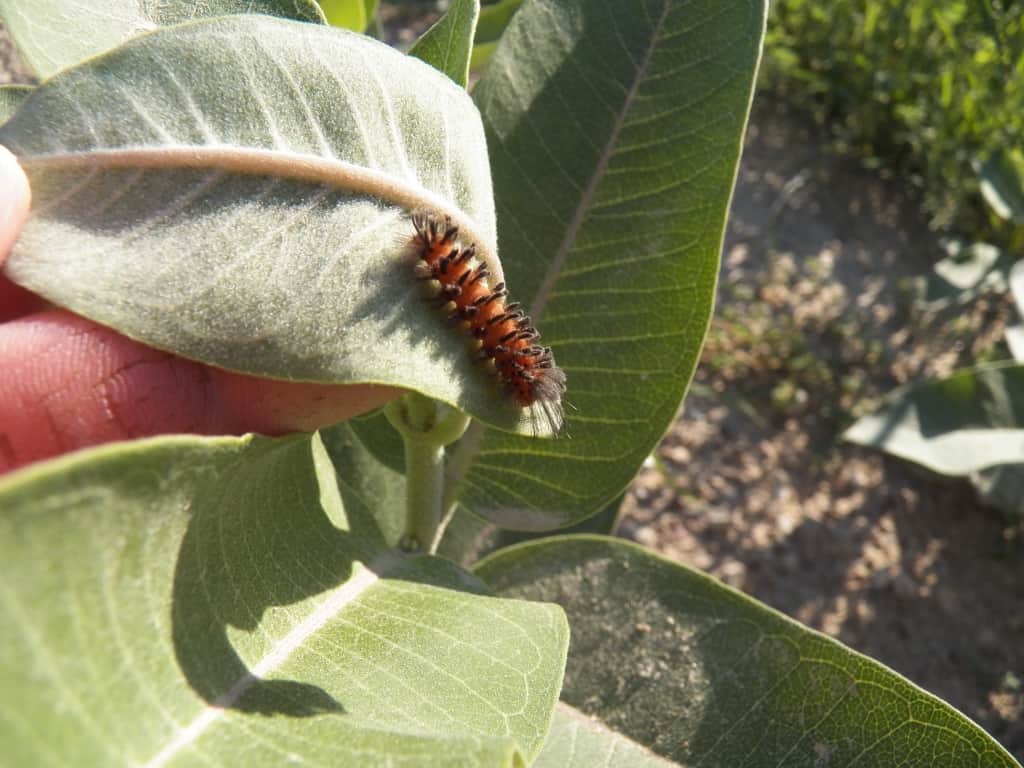
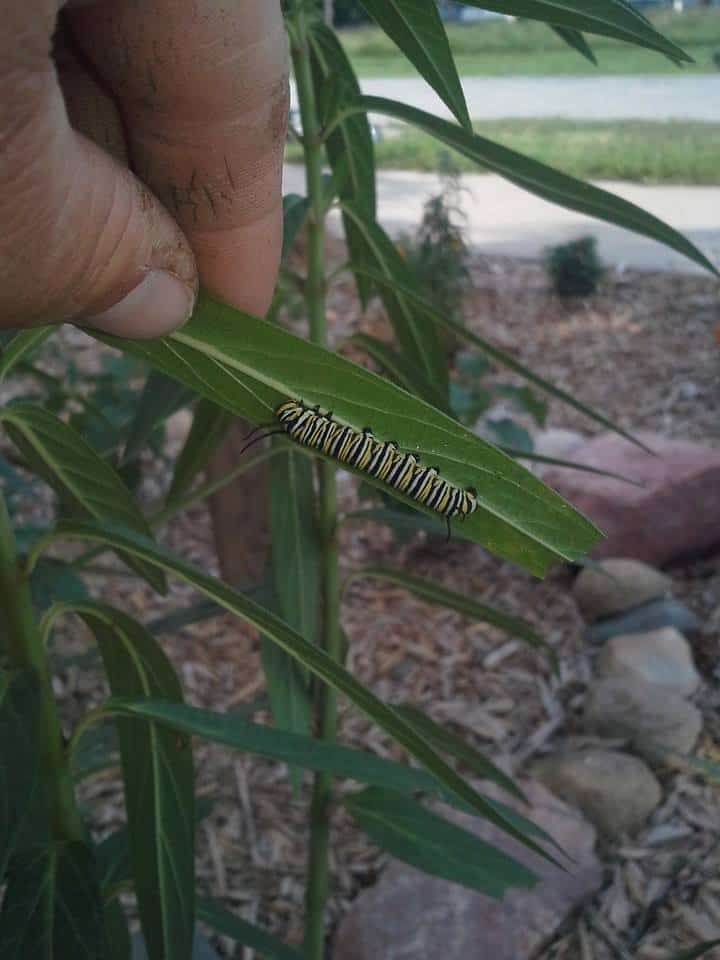
By adding native plants and their cultivars, in the form of food sources and shelter for insects and birds, we will begin to see some of the wonders of the animal kingdom in our backyards. Another facet of the wildlife garden we need to have is water. A shallow, recirculating water feature such as a pondless waterfall, a fountain or a recirculating bird bath is a great attractant to birds and butterflies. A simple bird bath is not enough unless that water is changed daily.
When deciding exactly what to plant, and where, begin by contacting a landscape designer with experience in wildlife plantings, or check out the library for ideas. In the Great Plains region, we have many great plants that are both drought tolerant and wildlife friendly. One thing to remember when picking out plants; the newest and most exciting cultivar may not attract any wildlife. Exotic plants like Japanese maple, spirea, and most annuals are not hosts for any of our native wildlife. If you want to have birds and butterflies living in your yard, not just passing through, provide them with their native food hosts.
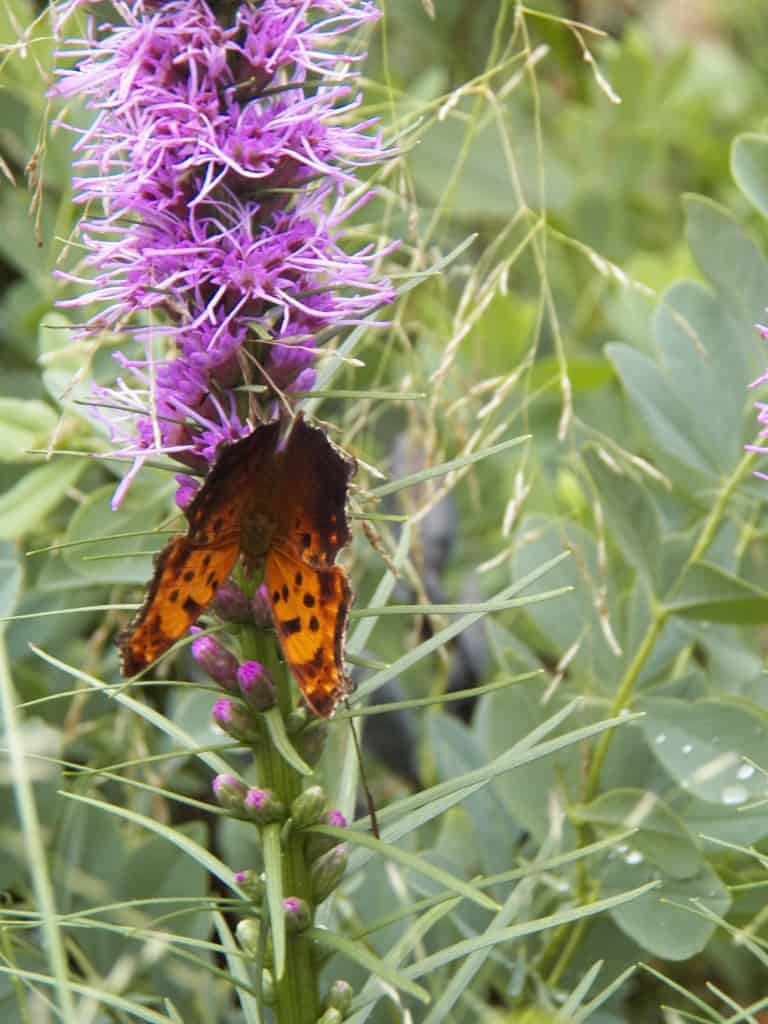
When designing the layout for your plantings, include nooks and crannies for your children to explore. Put the bubbling rock fountain behind a grouping of shrubs; add a bench in the middle of a wildflower meadow; have a path leading to a group of bird feeders. For more inspiration, ask your children to help you in the process. Take them to a garden center and have them pick out their favorite perennial flowers. Find out what birds are common to your area and show your kids what they might see if you add feeders, berry plants, and houses.
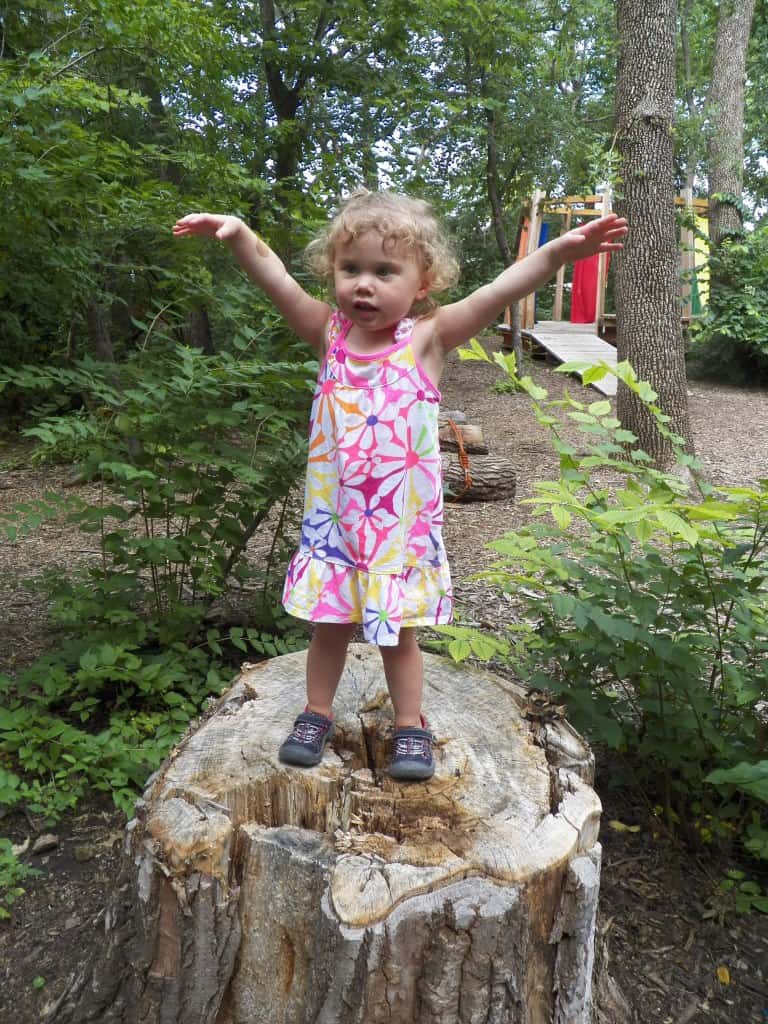
You can also incorporate many traditional children’s play things into your design. Put the swing set under a large shade tree and surround it with grasses and large shrubs. Put the sandbox near a large grouping of wildflowers-your kids will enjoy seeing the butterflies come and go. Add some planter boxes so your kids can try planting their own annuals, herbs, or veggies.
Give your children a chance to embrace nature and explore with their imaginations.


